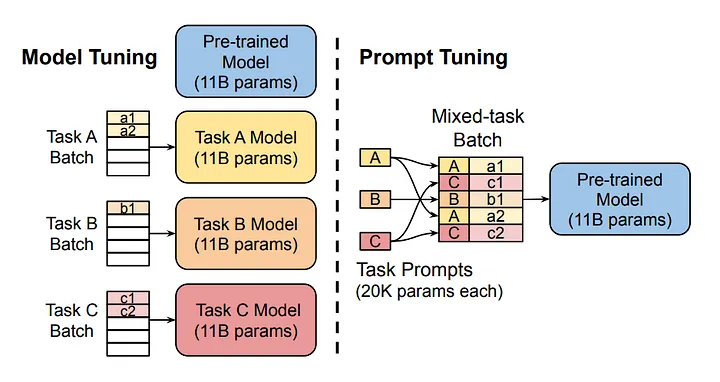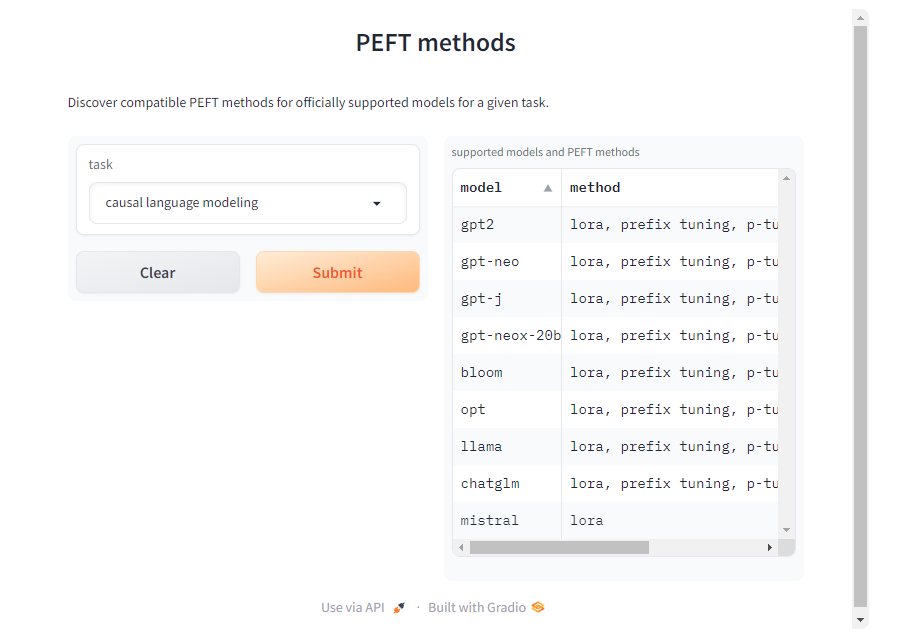track
Understanding Prompt Tuning: Enhance Your Language Models with Precision
Prompt tuning is a technique used to improve the performance of a pre-trained language model without modifying the model’s internal architecture.
May 2024
Keep Learning With DataCamp
10hrs hours
course
Large Language Models (LLMs) Concepts
2 hours
23.7K
course
Understanding Prompt Engineering
1 hour
12.4K
See More
RelatedSee MoreSee More
tutorial
An Introductory Guide to Fine-Tuning LLMs
Fine-tuning Large Language Models (LLMs) has revolutionized Natural Language Processing (NLP), offering unprecedented capabilities in tasks like language translation, sentiment analysis, and text generation. This transformative approach leverages pre-trained models like GPT-2, enhancing their performance on specific domains through the fine-tuning process.
Josep Ferrer
12 min
tutorial
An Introduction to Prompt Engineering with LangChain
Discover the power of prompt engineering in LangChain, an essential technique for eliciting precise and relevant responses from AI models.
Moez Ali
11 min
tutorial
How to Fine Tune GPT 3.5: Unlocking AI's Full Potential
Explore GPT-3.5 Turbo and discover the transformative potential of fine-tuning. Learn how to customize this advanced language model for niche applications, enhance its performance, and understand the associated costs, safety, and privacy considerations.
Moez Ali
11 min
tutorial
Prompt Compression: A Guide With Python Examples
Prompt compression is the process of reducing the length of an input prompt while retaining the essential information needed for a language model to understand and generate a relevant response.
Dimitri Didmanidze
12 min
code-along
Advanced ChatGPT Prompt Engineering
In this session, you'll learn advanced prompting skills such as using prompt templates, testing the quality of your prompts, and working with images in prompts.
Isabella Bedoya
code-along
A Beginner's Guide to Prompt Engineering with ChatGPT
Explore the power of prompt engineering with ChatGPT.
Adel Nehme


